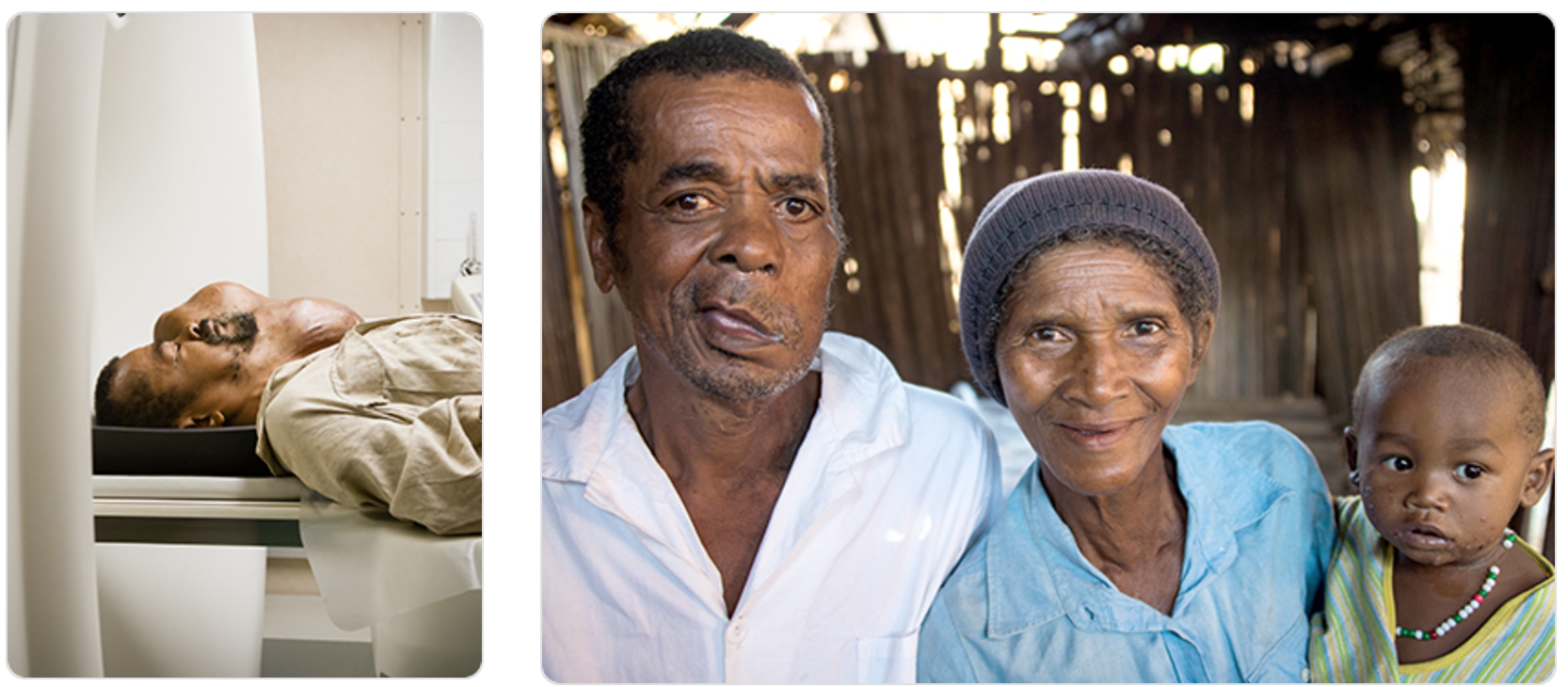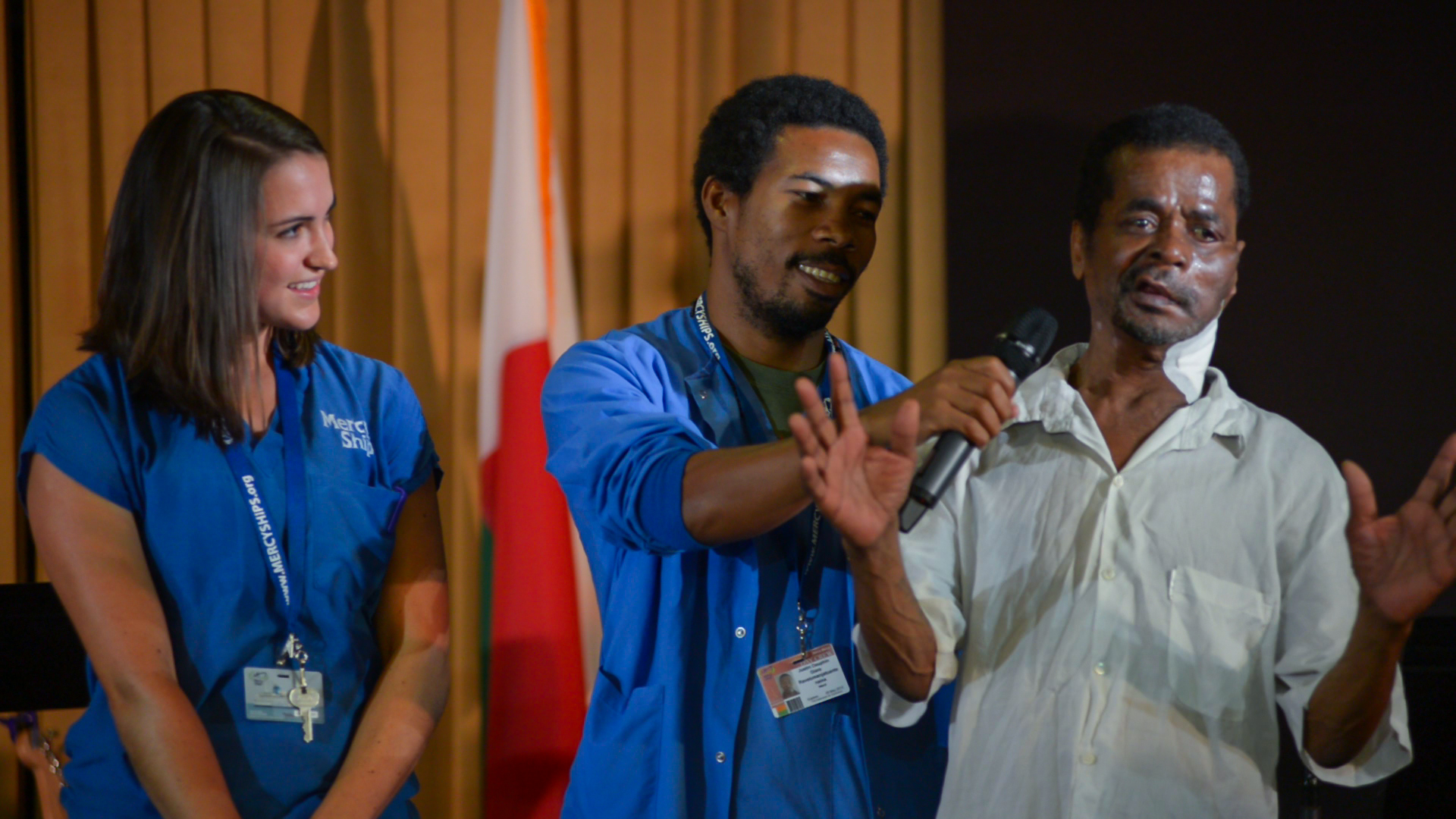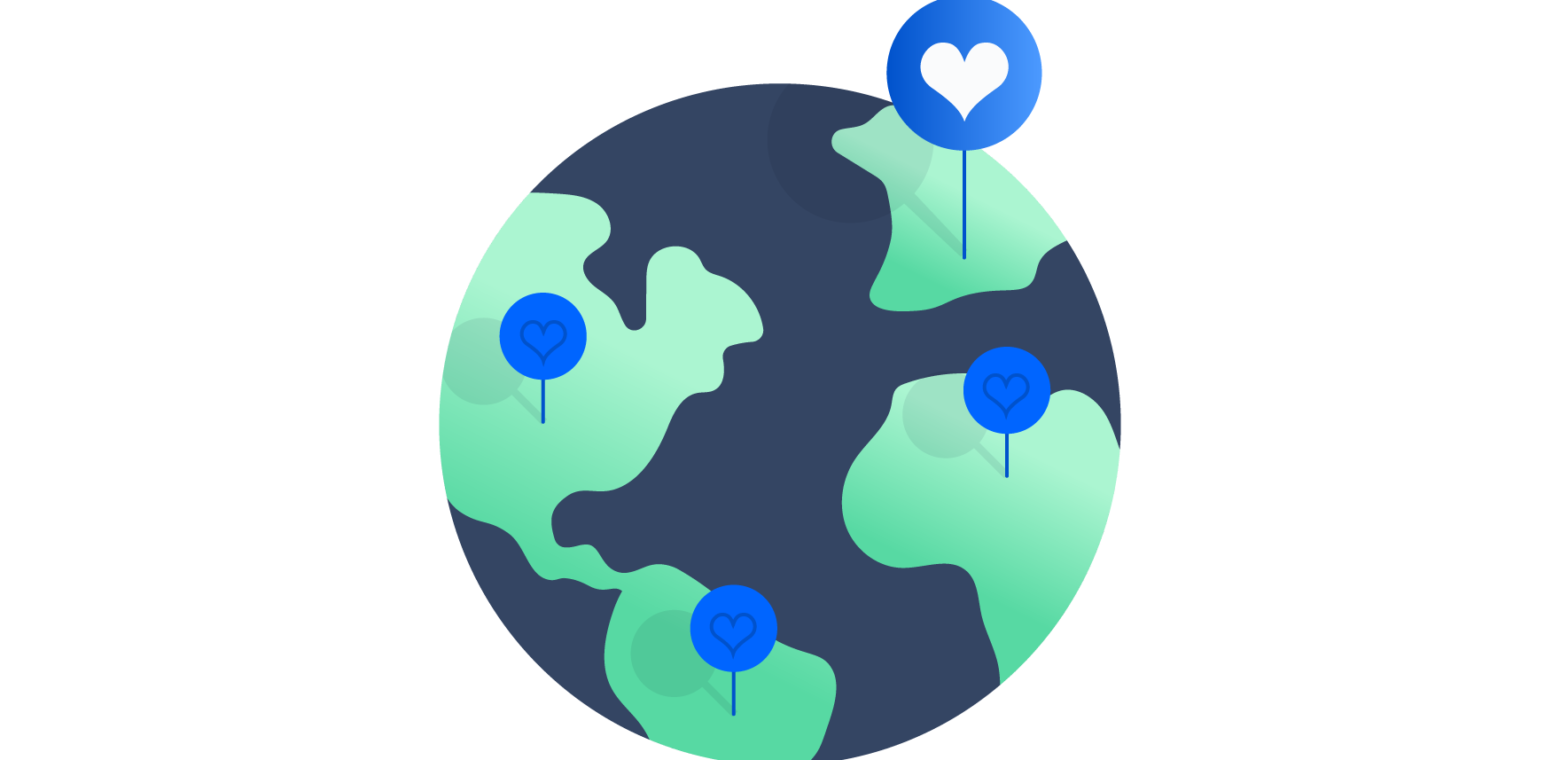How the Mercy Ships team works together to change lives
This post is written by Michelle Vincent, Information Services Collaboration & Training Officer for Mercy Ships. Michelle has been with Mercy Ships for 6 years, serving as the Information Services Collaboration and Training Officer for the past 4. She is passionate about using collaborative software to solve problems, bring teams together and improve results. Michelle has traveled the world with Mercy Ships and other nonprofits seeking to tackle global challenges.
Mercy Ships is an international, nonprofit organization delivering free, first-class healthcare to those who don’t have access or can’t afford the help they need. In addition to delivering healthcare to the world’s poor, Mercy Ships mentors and trains local healthcare providers to better meet the needs of the sick in their own communities. Our hospital ships have been transforming the lives of individuals and serving nations since 1978.
Here’s a snapshot of just one of the lives touched by the Africa Mercy, our ship that caters to those in need throughout the African continent.
Sambany – Madagascar
For 36 years a tumor had grown until it dominated Sambany’s life. It became a monstrous burden, weighing 7.46 kg (16.45 lbs) – equivalent to two extra heads. The tumor caused unrelenting discomfort. Sometimes it felt “hot like fire.” Sambany said, “I cannot sleep at night, and even during the day. It heated me up. When walking, it’s too heavy. I have to hold it.”
Hopelessness defined his life. The search for help required traveling hundreds of kilometers and included ten hospitals (only three of which had surgeons) and a witch doctor … with no success. Sambany’s poverty blocked any other option. His despair reached new depths. He says, “I was waiting to die.”

How did we help Sambany?
We are a ship of over 400 volunteers and staff, including mariners and engineers; a hospital with surgeons, nurses, and physical therapists; an academy for crew children with certified teachers. On the ground we have warehouses with supply and procurement teams; a programmatic NGO development team; and offices in 15 countries around the world.
With so many people dispersed globally, trying to coordinate the myriad of different projects could be a logistical nightmare. However, we all have a desire to see people’s lives change for the better.
Because many people are working on different parts of our singular goal to serve patients, it is critical that we be transparent and create a base of knowledge that is shared, instead of housed in individual computers and folders. Gone are the days of emailing a document around to let various people view and edit separately, never knowing if they are reading the same content or editing an outdated version. Now, through Atlassian’s Community License program, we use Confluence for collaboration, documentation, and community-building.
Getting on the same page
In Confluence, our teams can edit content and discuss changes within a page. Our leadership team works on projects from various locations with collaborative editing, leaving comments on pages, and even assigning tasks. We are constantly re-aligning our teams’ efforts to be sure we support our mission of serving patients like Sambany. Surgeries are challenging without the added complexity of delivering care country-by-country from a ship. Confluence streamlines our work, making us more efficient… and, ultimately, more effective.

Before Confluence, individual teams and locations rarely shared information. If a policy in one department was updated, other departments may have been unaware of the change and how it impacted them. Now, we have a greater ability to include all stakeholders in a decision or project, keeping us from duplicating work or totally missing the mark.
Getting to know each other through Confluence blog posts
We encourage regular blogging in Confluence and our staff and crew are urged to subscribe to all blog posts. Some of our most popular posts have been about personal experiences, including baby announcements, people looking for others to join a triathlon, a post about how the Sierra Leonean landslide impacted some of our crew, and someone sharing their first trip out of the country to volunteer in Haiti.
Being spread out across the globe, community is very important to us. Allowing our staff and crew to create bio pages almost like a Facebook profile and allowing everyone to blog about their experiences, sharing from their hearts, has increased our connection and our teamwork.

A close-knit, high-functioning team makes a difference
Last year Mercy Ships performed over 1500 free surgeries for people in need, like Sambany. Since its inception Mercy Ships has delivered:
- 82,000 life-changing operations
- Trained over 38,000 local professionals in their area of expertise (anesthesiology, midwifery, sterilization, orthopedic and reconstructive surgery, leadership)
- Taught over 198,000 local people in basic healthcare
- Completed over 1,100 infrastructure development and agriculture projects
Doing this well requires a huge amount of coordination, focus, and yes, teamwork.

When we increase our unity through the visibility of the work we perform and the people we are, we increase our productivity, and more lives like those of Sambany are transformed forever.
* * *
Confluence is an open and shared workspace for fast moving teams. Help your team connect to people, ideas, and information to do their best work.
